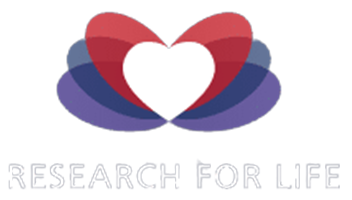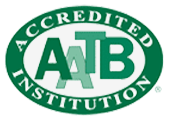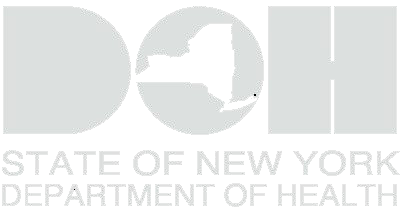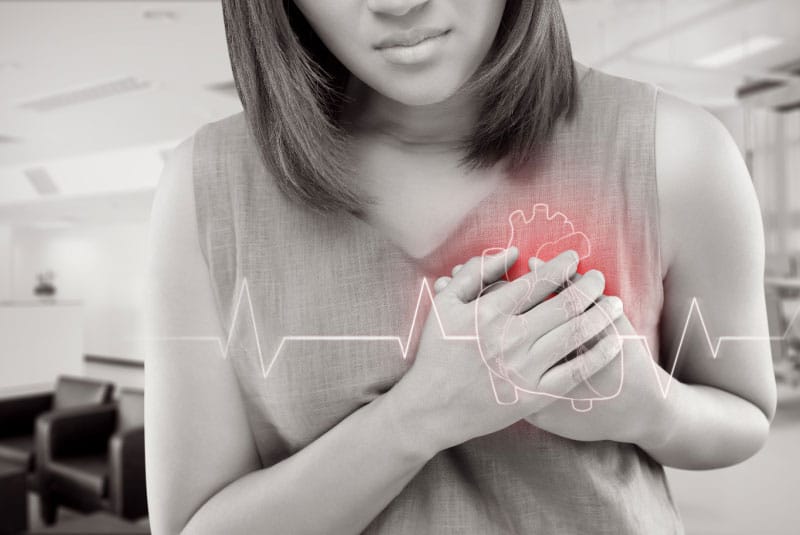
Sudden Cardiac Arrest Awareness Month: Empowering Education for Lifesaving Knowledge
The month of October is National Sudden Cardiac Arrest Awareness Month, which is dedicated to educating the public about what sudden cardiac arrest is and how to properly respond.
To be clear, sudden cardiac arrest is not a heart attack. There is a definite difference between them which is that a heart attack is caused by impeded blood flow through the heart while SCA is caused by either a structural or electrical problem that often stems from an undetected heart condition. Sudden cardiac arrest is not uncommon and can be fatal, to put it in perspective let us look at some recent statistics.
10 Sobering Sudden Cardiac Arrest Findings
Stats gathered by Avive, CDC, cpr.heart.org
- 436,000 Americans die from cardiac arrest annually.
- Statistically, the SCA survival rate is less than 10% but when CPR is administered it can triple the survival rate while using AED within the first minute can increase survival up to 90%.
- There are around 356,000 out-of-hospital cardiac arrests in the United States each year.
- Locations of out-of-hospital cardiac arrests commonly are in homes/residences (73.4%), public settings (16.3%), and nursing homes (10.3%).
- Nearly 90% of out-of-hospital sudden cardiac arrests are fatal.
- Globally, cardiac arrest claims more lives than colorectal cancer, breast cancer, prostate cancer, influenza, pneumonia, auto accidents, HIV, firearms, and house fires combined.
- Cardiac arrest is the #1 cause of death among student-athletes, claiming over 9,500 young lives yearly.
- On average, 1 in 12,000 pregnant people admitted for delivery in the United States suffer from SCA.
- Among adults treated by EMS, 25% had no symptoms before the onset of arrest.
- There are about 10,000 cardiac arrests in the workplace annually in the United States.
Acting Fast for SCA
Sudden cardiac arrest is fast and recognizing signs and knowing how to react are what help increase the survival rate. While some individuals will not show signs of SCA, there are some common signs to be aware of and you should immediately contact a doctor or call 911 if you experience or witness an individual experiencing them. The symptoms are:
- Sudden collapse or loss of consciousness
- Not breathing or gasping for air
- No response to shouting or shaking
- No pulse
- Pain or discomfort in chest
- Lightheadedness
- Nausea or vomiting
- Jaw, neck, or back pain
- Discomfort or pain in arm or shoulder
- Heart palpitations
- Unexplained wheezing
Cardiac arrest also has several known causes which include cardiomyopathy, when the heat muscles become enlarged or stiff, coronary artery disease, when blood flow is restricted to the heart, valvular heart disease, when a cardiovascular disease process involves one or more of the four valves of the heart, or arrhythmia, when the heart beats to slowly or quickly. In kids and young adults, there are a few more causes that are believed to cause SCA which include:
- Hypertrophic cardiomyopathy – typically inherited and undiagnosed it is when the muscle cells aka ventricles thicken.
- Primary arrhythmias – an undiagnosed genetic condition that affects the heart’s electrical impulses including long QT syndrome, which is fast and chaotic heart rhythm and Wolff-Parkison-White Syndrome, an extra electrical pathway in the heart that creates a detour causing faster pumping.
- Arrhythmogenic right ventricular dysplasia – an inherited condition where some heart’s muscle is replaced with scar tissue.
- Myocarditis – typically triggered by infection, this is when the walls of your heart are inflamed.
- Marfan syndrome – a connective tissue disease that can lead to tears in the heart’s aortic blood vessel.
- Commotio Cordis – a blow to the chest directly to the heart.
Once you recognize the telltale signs and understand the underlying risk of sudden cardiac arrest, you now need to know what to do if you or someone you know starts experiencing SCA.
During these incidents, it is time to implement the “chain of survival model.” The steps of this model are simple and include immediately calling 911, starting cardiopulmonary resuscitation (CPR) or using an automated external defibrillator (AED) and then acquiring the appropriate care.
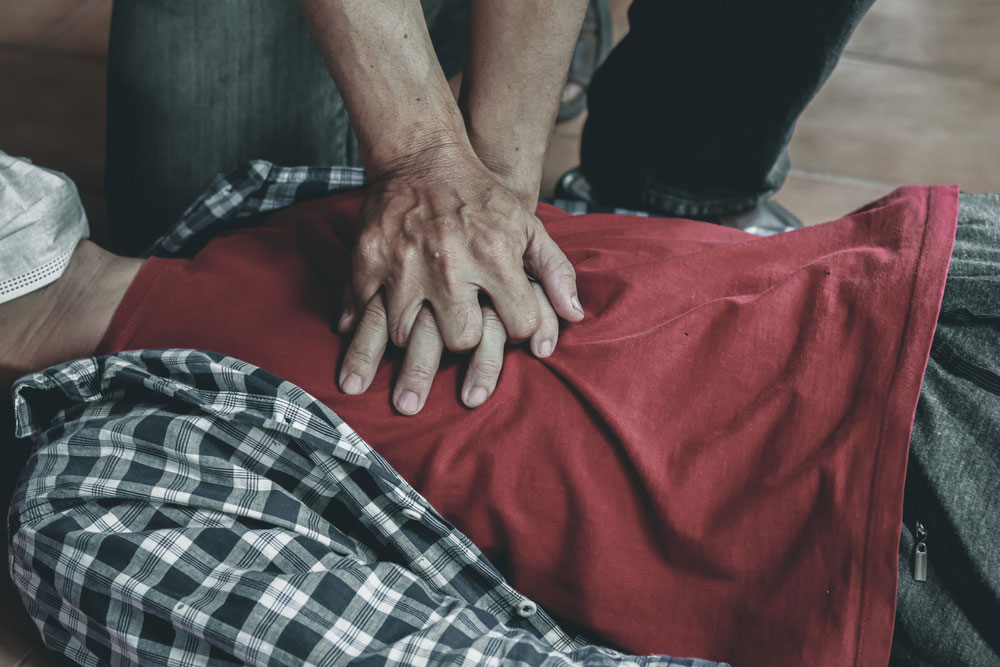
Since cardiac arrest is when your heart stops beating and blood stops flowing, people who survive this can experience some lasting side effects from it. These side effects are not a definite for everyone who does survive SCA but people who have survived experienced:
- Brain injury
- Internal organ injury
- Psychological distress: Anxiety, PTSD, depression
- Muscle weakness
- Loss of fine motor skills
- Physical fatigue
- Pain from trauma site
- Vision problems
- Speech disorders
- Swallow dysfunction
Quick and fatal, the importance of knowing how to act in response to SCA is sometimes the difference between life and death. That is why October, National Sudden Cardiac Arrest Awareness Month, is critical to provide education and key steps to the possible prevention of more losses from SCA.
To start, be aware of warning signs, understand your family’s health to learn if you are at risk and know how to implement the “chain of survival model” in the event of SCA. These are the first steps in understanding and spreading awareness for sudden cardiac arrest.

